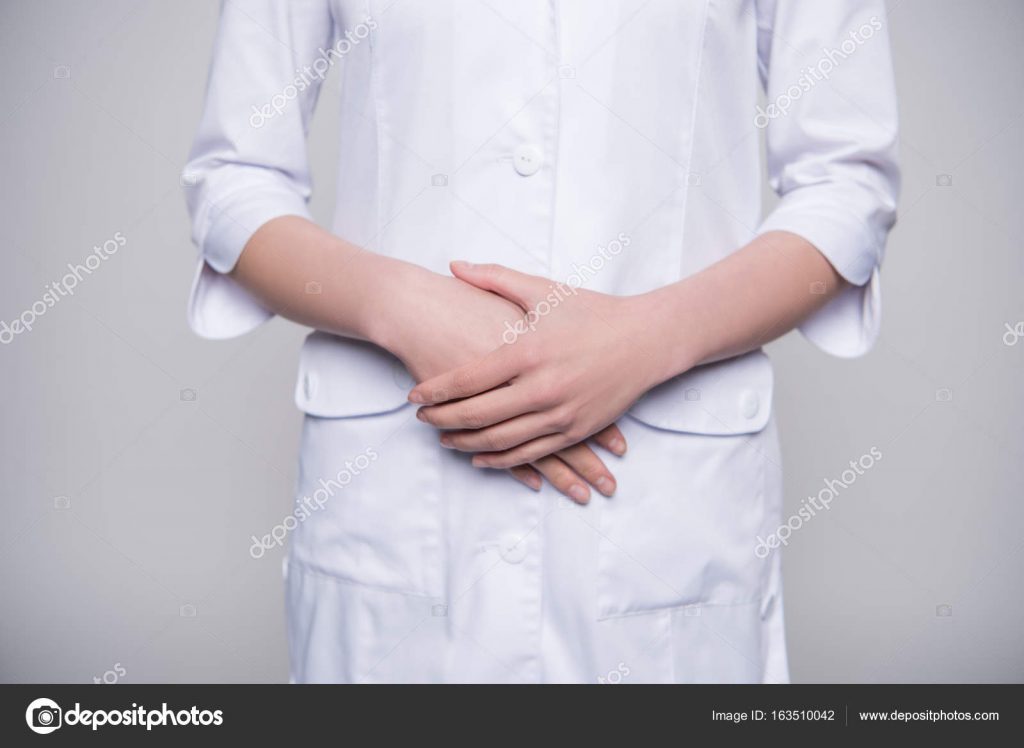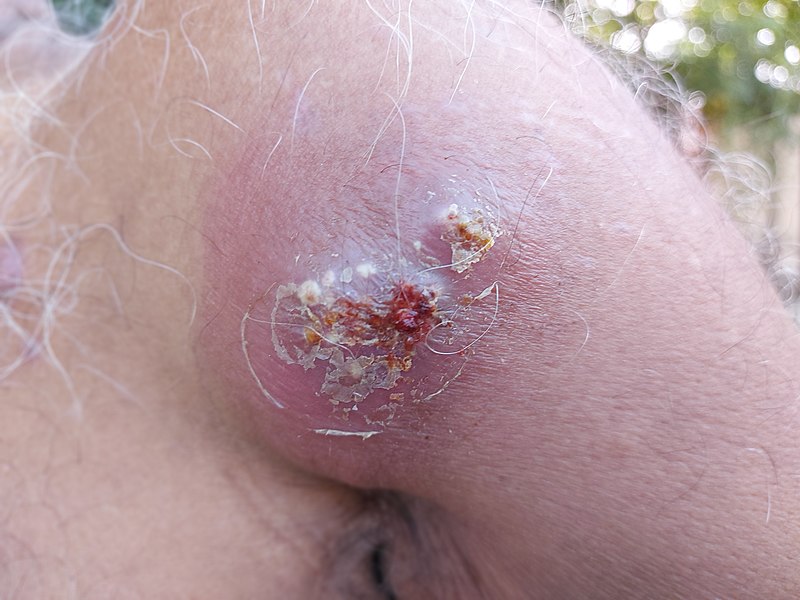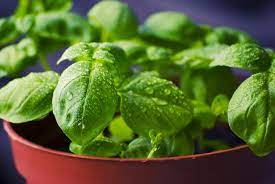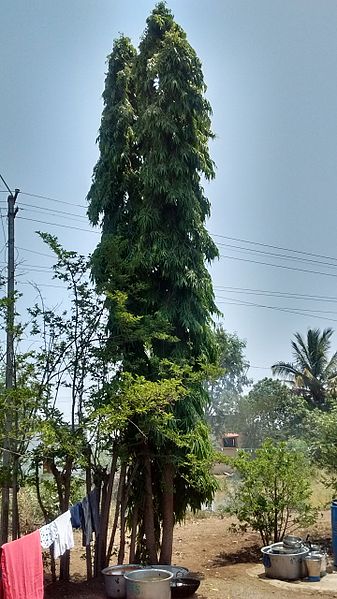Introduction:
Magnesium is mostly found in the bones, while the rest is in the muscles, soft tissues, and fluids. Every cell in your body needs magnesium to function. The role of Magnesium is to act like a helper molecule in the biochemical reactions performed by enzymes; Magnesium is involved in energy creation, protein formation, gene maintenance, muscle movements and nervous system regulation.
Why is Magnesium Deficiency so Widespread?
The soil is depleted and plants are deficient and this in turn results in low levels of magnesium in animals. Further, the use of chemicals, such as fluoride and chlorine, bind to magnesium, making the water supply low in the mineral. Common substances such as sugar and caffeine deplete the body’s magnesium levels. In addition stress drains out the endocrine system and causes magnesium depletion.
Symptoms of Magnesium Deficiency
Calcification of the Arteries
Calcification of the arteries can occur from low magnesium levels. As a result, one can develop coronary problems, like heart attacks, heart failure, and heart disease.
Muscle Cramping
This is one of the most notable symptoms of being deficient in magnesium. It can cause stiffening of the arteries; it can cause stiffening of muscle tissue, as well. This can result in awful cramps and spasms.
Anxiety & Depression – Anxiety and depression affect millions of people and the culprit could be Magnesium deficiency.
Hormone Imbalances
Premenstrual syndromewhere ladies experience crazy “ups” and “downs” before or after your period is thought to be due to deficiency in magnesium. The higher the estrogen or progesterone levels in a woman’s body, the lower the magnesium. This is also why pregnant women experience more leg cramps.
High Blood Pressure/Hypertension –
A high intake of magnesium results in normal blood pressures.
Pregnancy Discomfort
Low magnesium levels can adversely affect pregnant woman and their moods. Some women report less morning sickness during pregnancy when supplemented with magnesium. Magnesium can also reduce hypertension and muscle cramps during pregnancy. Supplementation can also help to ward off preterm labor and lessen headaches.
Low Energy
Low levels of Magnesium are associated with lack of drive and low energy at the cellular levels.
Bone Health
People regard calcium as the most important mineral for healthy bones. While it is important, magnesium may even be more so
In cases of magnesium deficiency, the bone suffers in the following ways:
- Impairment of Vitamin D Absorption
- Magnesium is required to stimulate the hormone calcitonin which draws calcium out of the muscles and tissues and into the bones.
Sleep Problems
Magnesium is required for the proper function of the GABA receptors in the brain. GABA is the neurotransmitter which assists the brain to transition to a restful state.
Other Symptoms
A number of vitamins and minerals work synergistically, and magnesium tops the list. It is needed for the proper utilization of calcium, potassium, vitamin K, vitamin D and other nutrients.
Foods Abundant in Magnesium
• Dark chocolate
• Nuts and seeds (specifically pumpkin seeds)
• Avocados
• Bananas
• Leafy greens (kale, spinach, and chard)
• Wild-caught fish
• Himalayan pink sea salt
• Sea vegetables
• Sprouts
• Grass-fed dairy (though controversial in certain dietary camps)
Conclusion:
Magnesium is responsible for over 300 biochemical reactions in the human body, and impacts blood pressure, metabolism and the immune function.
Magnesium deficiency is a relatively simple to correct though taking supplements and/or eating magnesium-rich foods. Increasing the level of this mineral in your body is thought to reduce your chances of experiencing the hardening of the arteries, and has been reported to enhance sleep along with helping to balance an individual’s mood.












